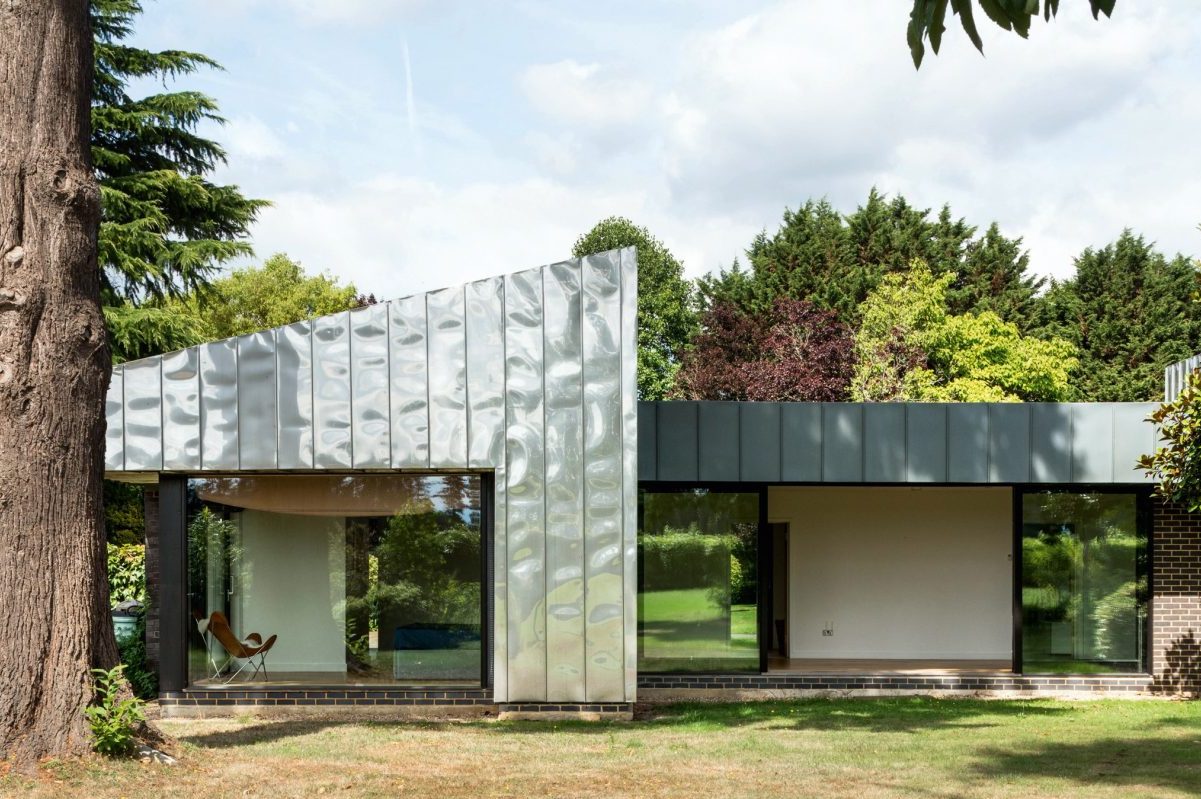What’s the buzz about building environment-friendly eco-houses? Many people have realized the importance of building durable homes made from materials that won’t harm the environment through the years. These homes use sustainable materials, implement passive design principles and utilize energy-efficient sources, such as solar panels.
Here are some home designs you can gather ideas from in planning your own eco-home:
1. A bungalow in Mexico was renovated using timber in most spaces.
The designers also transformed it to maximize natural light through the proper placement of windows and doors.
2. Aside from using timber, a Melbourne home used recycled Tasmanian oak as flooring.
The goal was to have a natural landscape made seamless through the use of a rammed earth wall and brise soleil.
3. Homeowners Dawn and Sven Maxa turned their old weatherboard cottage into a sustainable structure.
They used energy-efficient materials, including rainwater tanks, solar panels, and other sustainable, natural, and recycled elements. When it comes to the design, they fit the materials in the atmosphere they wanted to create.
4. A home in Perth retained its modern appeal but incorporated influences from Edwardian and Victorian architecture to create something contemporary.
The homeowners ensure the house is energy-efficient and all the materials used for its renovation are environment-friendly.

5. This Perth home was renovated with the goal of being self-sufficient.
It has solar panels, double glazing ceiling glass and floor, hydronic floor heating, and rainwater harvesting. It also retained its contemporary features and spacious atmosphere.
Other Tips
In making sustainable homes, you have to implement a passive design that efficiently controls the structure’s temperature without depending too much on electricity. This can be achieved through the use of the following:
- Insulation. There are two types of insulation you can choose from – reflective and bulk. Reflective insulation comes in handy during the warmer months because it can re-radiate heat. On the other hand, bulk insulation is recommended in places with cooler climates because its main feature is reducing heat loss.
- Passive solar design. You have to take into consideration the local climate in designing where to place your windows and doors. This is your way of strategizing how to collect and store heat when the weather is warm and distribute heat throughout the space during the colder seasons.
